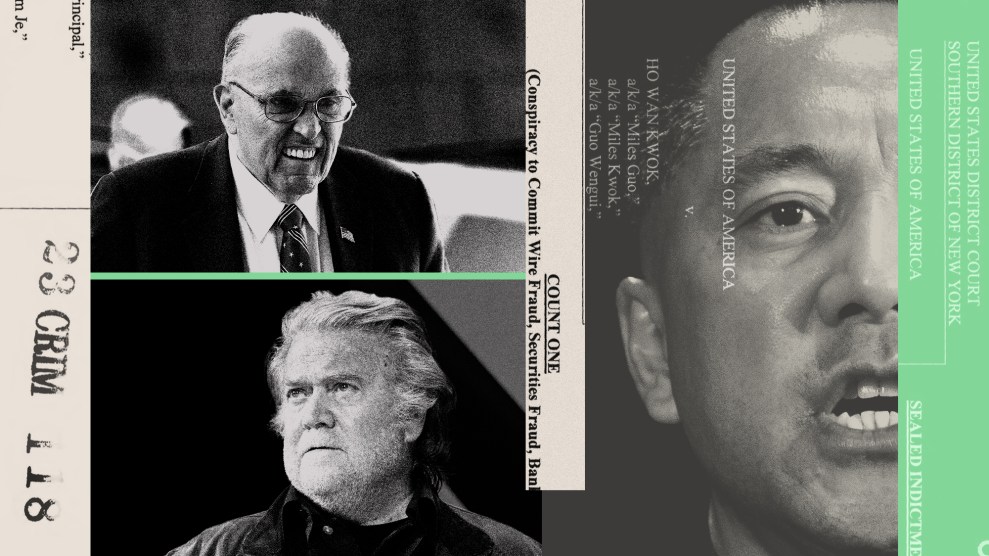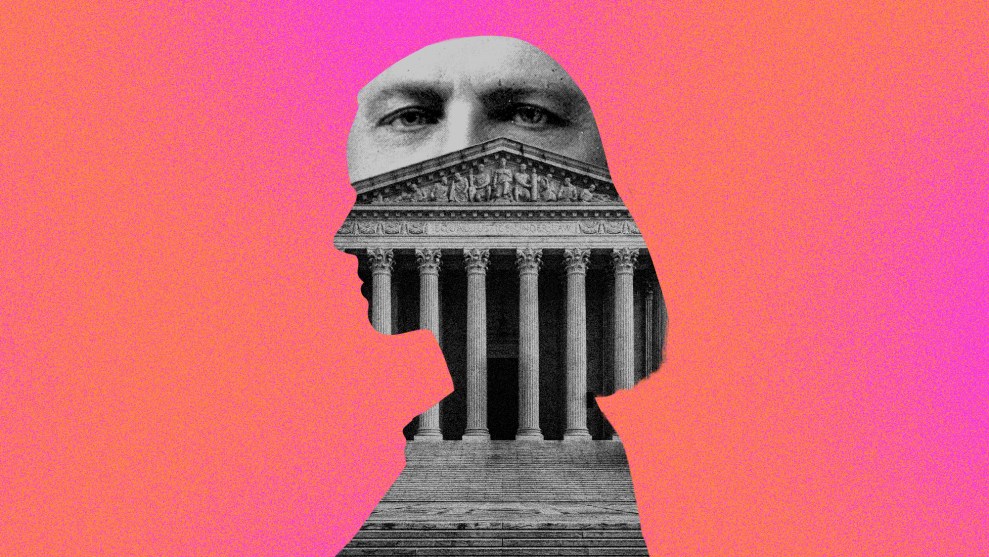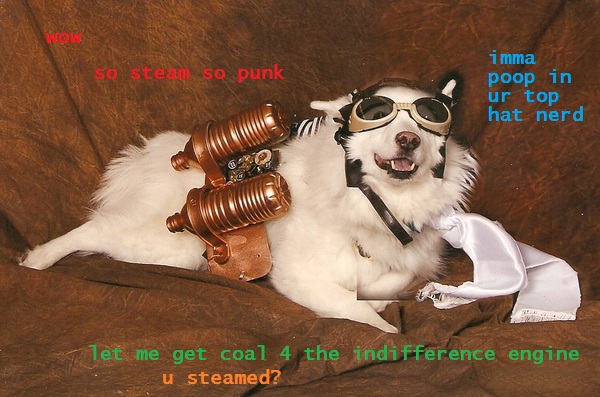The “zero lower bound” refers to the fact that interest rates can’t be less than zero. Since interest rates are the Fed’s primary tool for managing the macro economy, this implies that the Fed loses a lot of its leverage when it reduces interest rates to zero and can’t reduce them any further. This happened in 2008 when the Great Recession started:
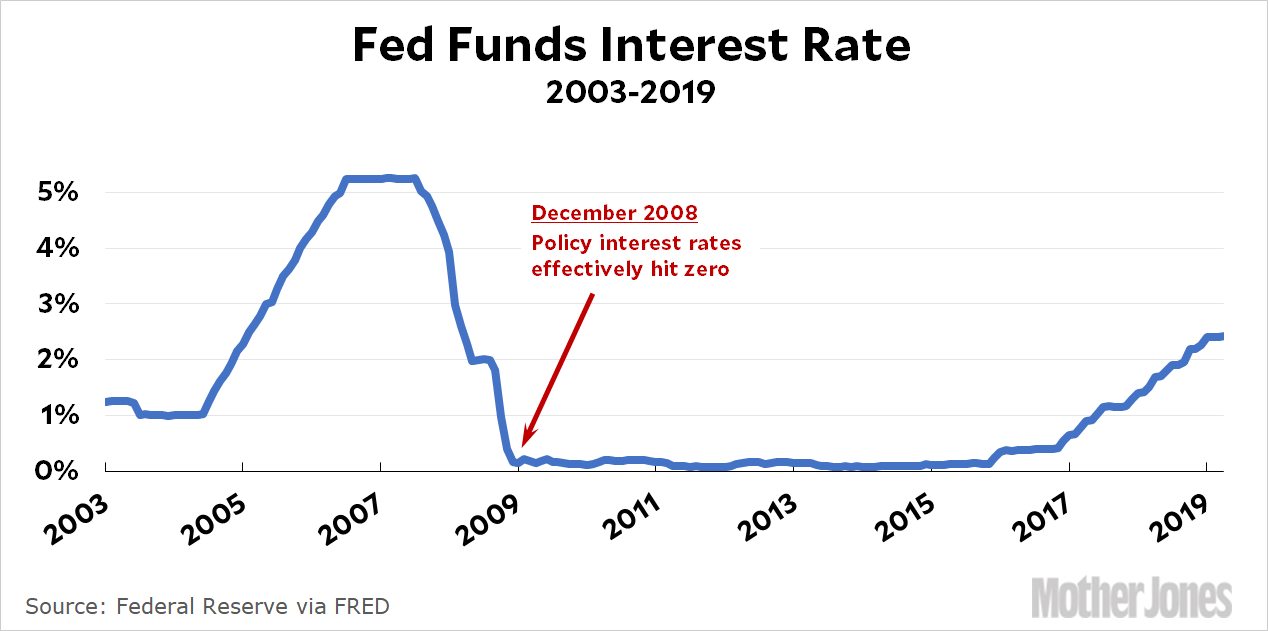
But is the ZLB really that important? Here is Tyler Cowen:
This is an article of faith in “Twitter economics,” but Scott Sumner, myself, and many others have been insisting for years that the arguments simply are not there and that the zero lower bound is not such a big deal.
I’m not much of a fan of Twitter, but this is needlessly patronizing. I recall quite a few serious economists, including at least one Nobel Prize winner, who sure seemed to think the ZLB mattered a lot. It wasn’t the Twitterverse hoi polloi who invented this idea.
Anyway, Cowen points to a new paper which does indeed suggest that an empirical look at the evidence shows little support for the idea that the ZLB matters much. But is that what it really says? I can’t pretend to follow the math, so I’m going to stick to a few quotes from the English language section of the paper. There’s this:
Given the impossibility of further reductions in the short-term nominal rate—the instrument of monetary policy in normal times—central banks increasingly relied on unconventional monetary policies (UMPs) in their attempt to stimulate the economy. Two prominent examples of unconventional policies adopted by several central banks in recent years are (i) forward guidance (i.e. the attempt to manage ex-pectations on the future path of the policy rate) and (ii) quantitative easing (i.e. central banks’ large asset purchase programs).
Ah yes. When the Fed had already reduced its policy interest rate to zero, they adopted other measures. The most famous is quantitative easing, but they also ramped up forward guidance. I’d add to that the Fed’s decision to start paying interest on excess reserves, the bailouts of the financial system, and the massive fiscal stimulus enacted by Congress in 2009.
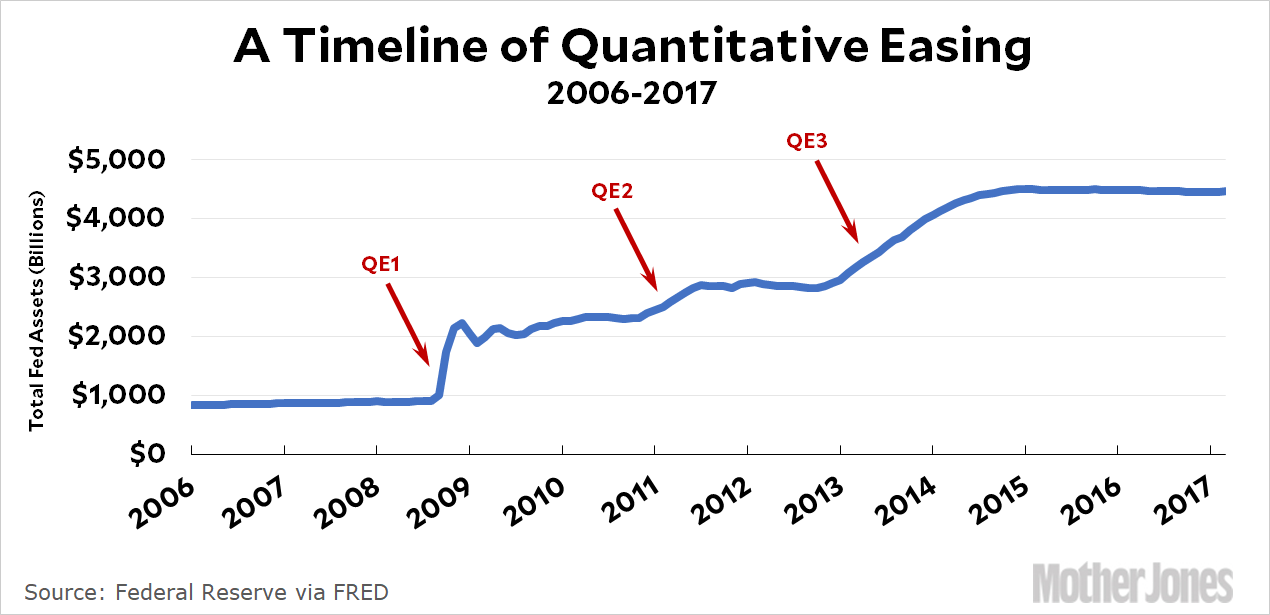
So what about all that? It turns out this is the meat of the paper, which examines whether, in fact, the ZLB is irrelevant:
Under the “irrelevance hypothesis” there should not be any significant change in the estimated responses over the binding ZLB period, relative to period before the ZLB was binding. This is indeed what we find….We interpret the previous results as suggesting that UMPs may have been highly effective in steering the long rate as desired during the ZLB period, despite the constant policy rate. We complete our analysis by showing how the previous findings can be reconciled with the predictions of our baseline New Keynesian model when we assume an interest rate rule based on a shadow interest rate. That rule can be interpreted as a simple way of capturing the role of forward guidance or other types of unconventional monetary policies in getting around the constraints imposed by the ZLB.
This is a strange definition of irrelevant. If I’m reading this correctly, the authors say that the economy recovered from the Great Recession about as fast as you’d expect from a shock of that magnitude. What’s more, various macro indicators look about the same in the pre and post-ZLB era. But that’s not because the ZLB is irrelevant. It’s because the Fed and Congress adopted a whole raft of alternative policies to make up for the fact that interest rates could no longer be lowered.
If I’m reading this wrong, I will stand corrected. But it sure looks to me as if the authors are saying the ZLB does matter. In fact, it matters so much that both the Fed and the government were forced to adopt a whole suite of emergency alternatives to make up for the Fed’s inability to lower interest rates another point or three. That sure doesn’t sound irrelevant to me.
And one other thing: if the ZLB is irrelevant, doesn’t that imply that interest rates are irrelevant? The ability of the Fed to set interest rates where it wants is either important or it’s not. If interest rates should be at -2 percent but the Fed has to stop at zero, that should matter as much as if they should be at 2 percent but the Fed keeps them at 4 percent. Why would the ability to lower rates be critically important at positive levels and then suddenly cease to matter when they reach zero? In that sense, the ZLB really is irrelevant. It’s just another number, and it matters as much as any other number. If you can’t lower rates to where you want them, you have to undertake a whole bunch of other alternatives to make up for it. That’s true no matter “where you want them” is.






